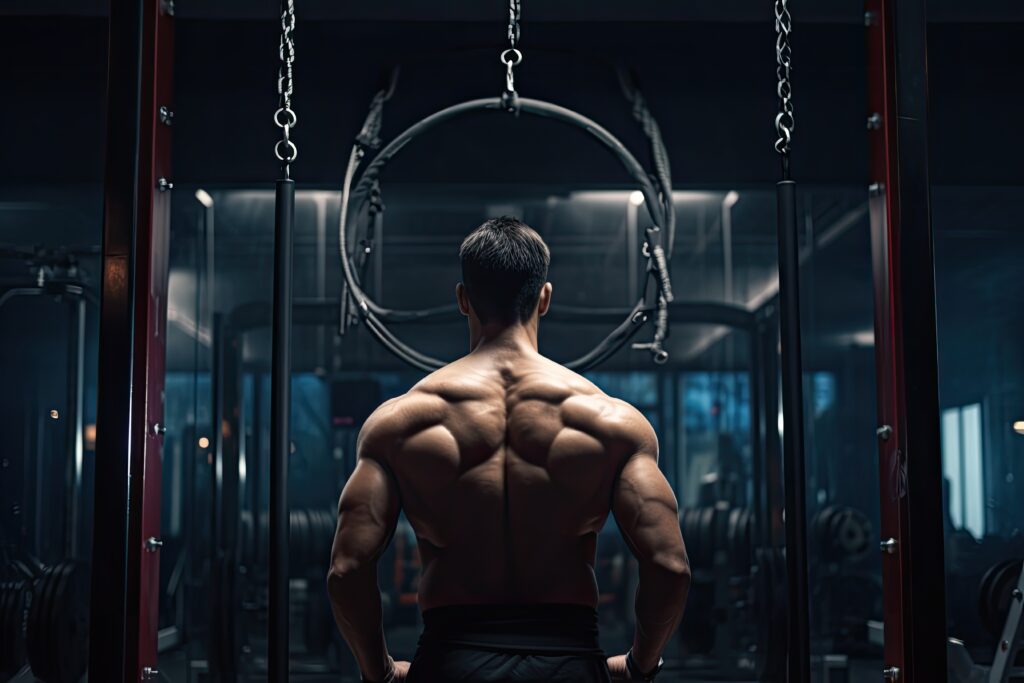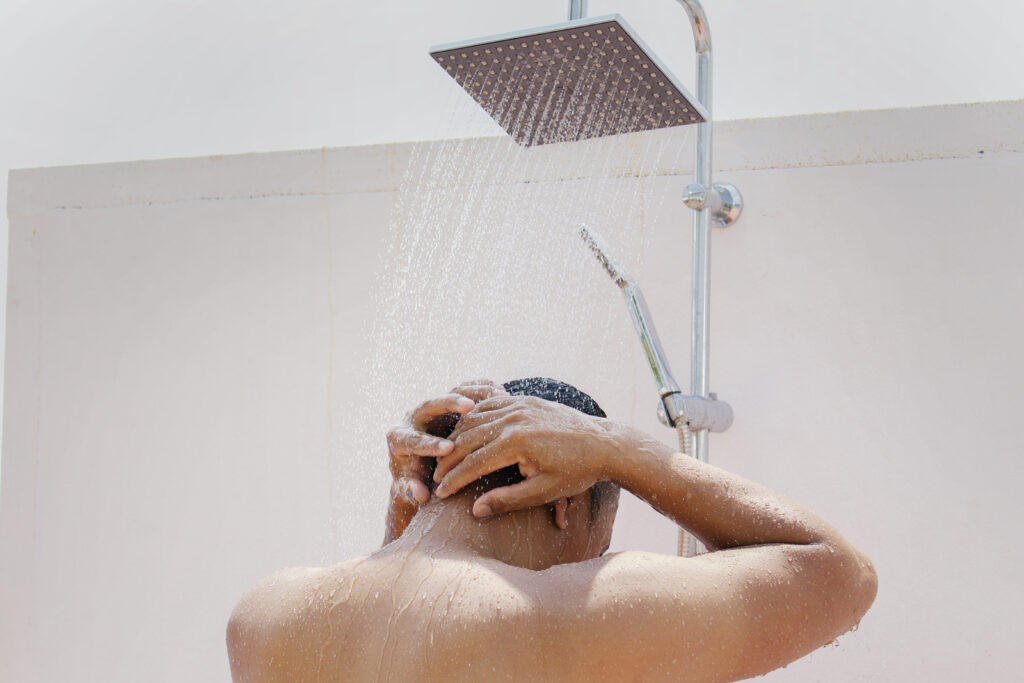Get ready to tone and define your lower chest with our straightforward guide to lower chest workouts. Strengthening your lower chest muscles is key to achieving a balanced and powerful upper body. In this article, we’ll explore simple exercises, techniques, and practical tips to help you build a stronger and more sculpted lower chest. Whether you’re a beginner or a gym veteran, our lower chest workout routines are designed to help you reach your fitness goals effectively.
Table of Contents
Anatomy of the Lower Chest Muscles
Understanding the anatomy of the lower chest muscles is crucial for maximizing your lower chest workouts. The primary muscle group involved in the lower chest is the pectoralis major, which comprises both the sternal and costal heads. The sternal head is responsible for the bulk of chest development and is activated during pressing movements, such as the bench press. The costal head, located closer to the armpits, contributes to chest width and is engaged during exercises that involve horizontal abduction, like cable crossovers. Together, these muscles play a vital role in providing strength, stability, and aesthetic appeal to the lower chest area.
Additionally, the pectoralis minor, a smaller muscle situated beneath the pectoralis major, assists in shoulder movement and stabilization. While less prominent than the pectoralis major, the pectoralis minor contributes to overall chest development and function. Understanding the anatomy and function of these lower chest muscles allows for targeted and effective training, helping you achieve a well-rounded and proportionate chest physique.
Benefits of Lower Chest Workout
Lower chest workouts offer a range of benefits beyond mere aesthetics. By targeting the lower chest muscles, such as the pectoralis major and minor, you can achieve a more symmetrical and balanced chest development. Strengthening these muscles not only enhances your overall chest appearance but also improves upper body strength and functionality. Lower chest exercises like the incline bench press and decline dumbbell press engage a wider range of muscle fibers, leading to greater muscle activation and growth.
Moreover, lower chest workouts can enhance athletic performance and functional movements in daily life. Strong lower chest muscles contribute to better posture, stability, and power generation during activities like pushing, lifting, and carrying. Incorporating lower chest exercises into your workout routine not only helps sculpt a well-defined chest but also promotes overall upper body strength and functional fitness.
Best Lower Chest Exercises At Gym
1)Incline Bench Press: Adjust the bench to a 30-45 degree incline and lie back with a barbell or dumbbells. Lower the weight to your lower chest, then press it back up, focusing on engaging your lower chest muscles.
This targeted activation helps to develop a more well-rounded and aesthetically pleasing chest appearance. Additionally, the incline bench press also engages the shoulders and triceps to a lesser extent, making it a compound movement that contributes to overall upper body strength and muscle development. Incorporating incline bench presses into your workout routine can help achieve balanced chest development and improve pressing strength for various upper body exercises.
Pic credits: Vecteezy
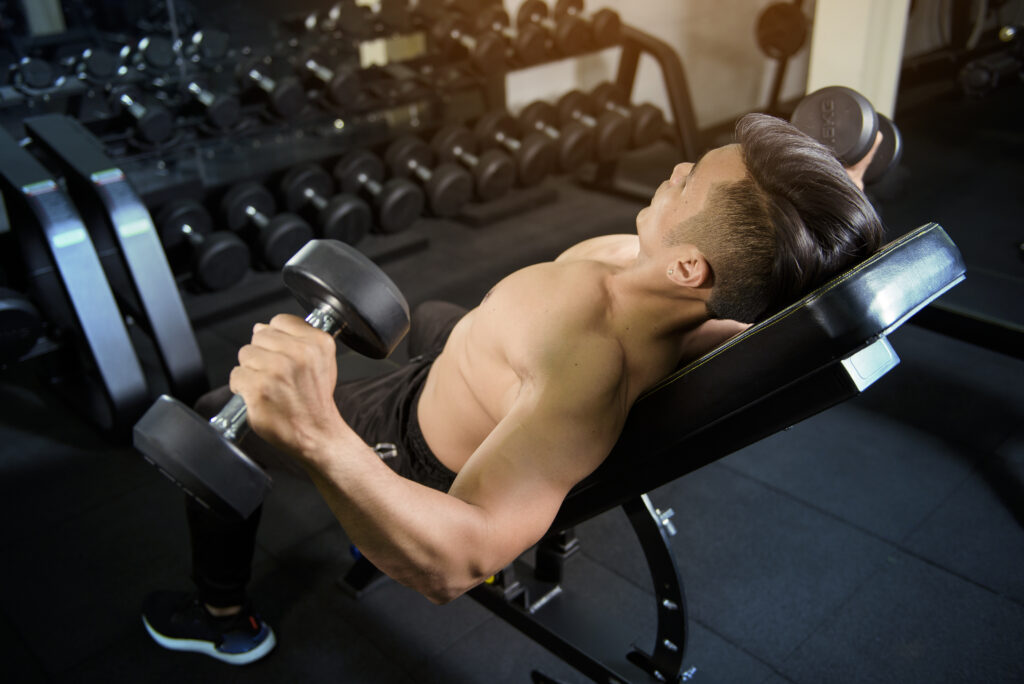
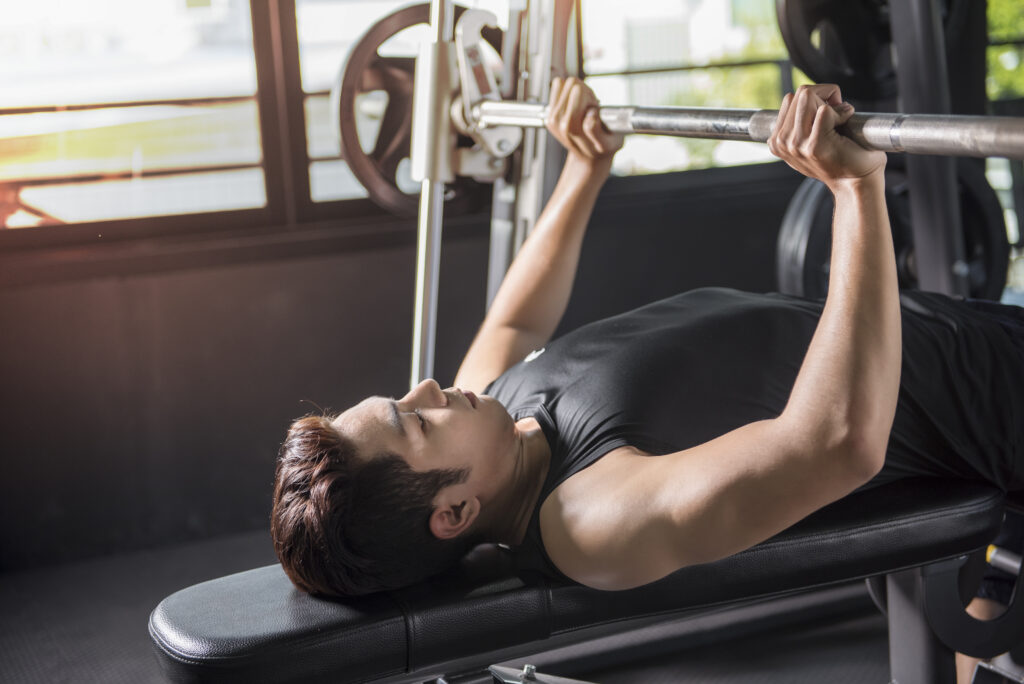
2)Decline Bench Press: Set up on a decline bench with a barbell or dumbbells and lower the weight towards your lower chest. Press it back up, squeezing your lower chest at the top of the movement.
The decline bench press offers several benefits for chest development. By adjusting the bench to a decline angle, you shift the emphasis of the exercise to the lower portion of the chest. This variation targets the sternal head of the pectoralis major muscle, which is the lower part of the chest, helping to build mass and definition in this area. Additionally, the decline bench press also engages the triceps and shoulders to a lesser extent, providing a comprehensive upper body workout. Incorporating decline bench press into your routine can help you achieve a well-rounded chest development and enhance overall upper body strength.
Pic credits: Vecteezy
3)Cable Crossover (Low Pulley): Set the pulleys at the lowest setting and stand in the middle. Grab the handles and bring them together in front of your body, focusing on squeezing your lower chest at the peak of the movement.
The Cable Crossover (Low Pulley) exercise is an effective way to isolate and target the lower chest muscles, promoting balanced chest development and enhancing functional strength. With its adjustable settings and full range of motion, this exercise allows for precise muscle engagement, contributing to improved chest aesthetics and overall upper body performance.
Pic credits: Vecteezy
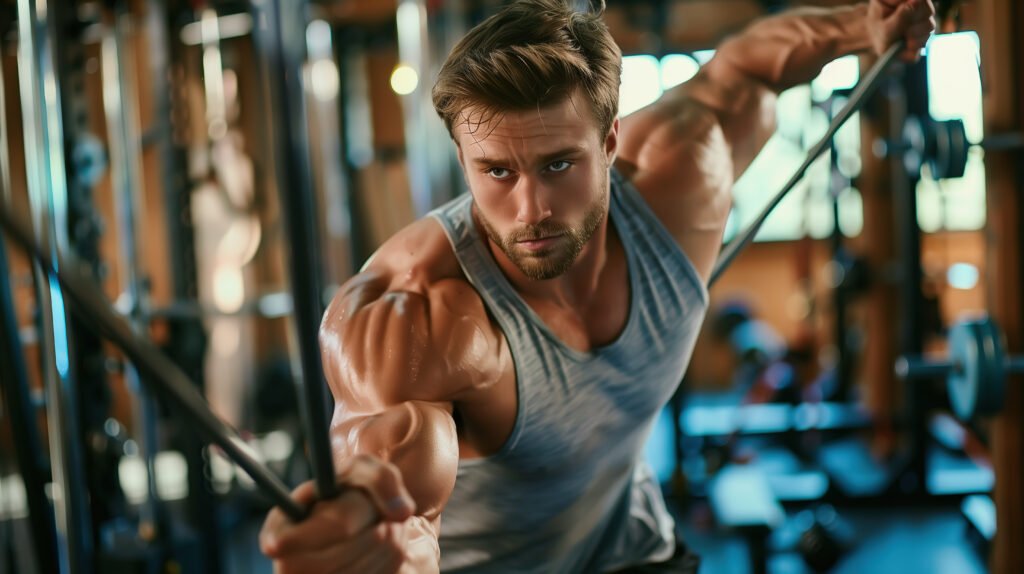
Lower Chest Workout At Home
if it is not feasible for you to go to the gym then you may try these 3 exercises in your lower chest workout at home.
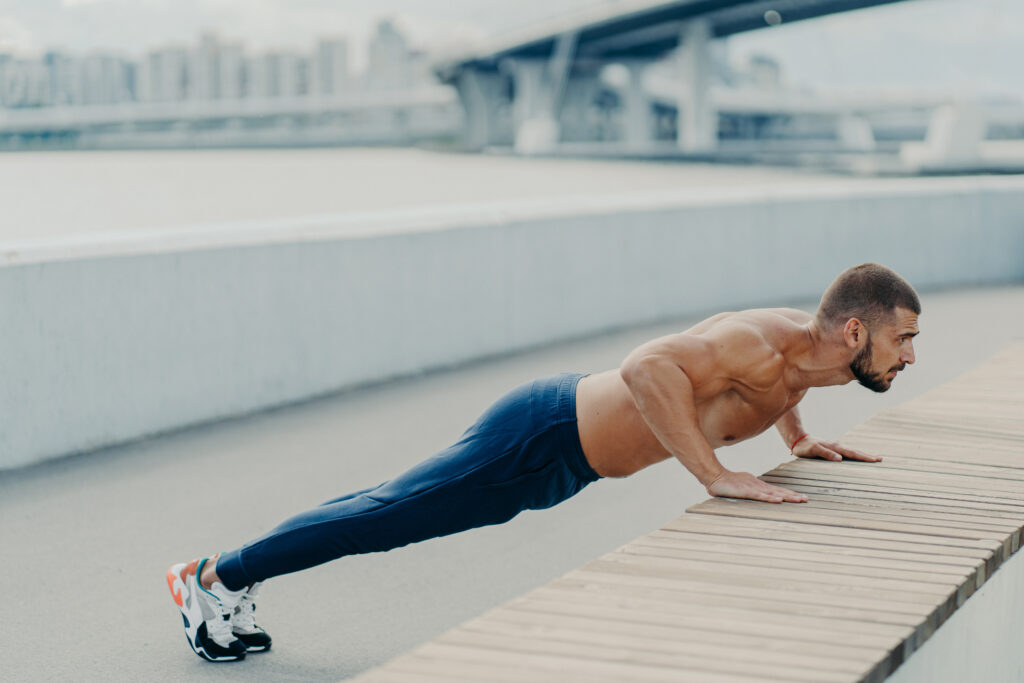
1)Inclined Wide Push-Ups: Get into a push-up position with your hands placed slightly wider than shoulder-width apart and your body in a straight line from head to heels. Lower your chest towards the ground while keeping your elbows out to the sides, then push back up to the starting position. This wide hand placement targets the lower chest muscles more than standard push-ups.
Incline push-ups effectively target the lower chest muscles while offering adjustable difficulty levels to accommodate various fitness levels. This exercise reduces joint strain, activates the core, and provides versatility in workout settings, making it an accessible and effective option for building upper body strength and definition.
Pic credits: Vecteezy
2)Floor Fly: Lie on your back on the floor with a dumbbell in each hand, palms facing inward. Extend your arms straight up above your chest, then slowly lower the dumbbells out to the sides in a wide arc until you feel a stretch in your lower chest. Bring the dumbbells back together over your chest, squeezing your lower chest muscles at the top of the movement. Repeat for the desired number of repetitions.

3)Chest Dips (using two sturdy surfaces): Position two sturdy surfaces parallel to each other, such as two chairs or the edges of a sturdy table. Grip each surface with your hands and extend your legs out in front of you. Lower your body down, bending your elbows to about 90 degrees, then push yourself back up to the starting position.
By utilizing parallel bars or stable surfaces, chest dips allow for a deep range of motion, promoting muscle activation and growth in the lower chest region. Additionally, chest dips enhance upper body strength, improve muscular endurance, and contribute to overall chest development.
Pic credits: Vecteezy
Proper Form And Technique
Proper form and technique are paramount in lower chest workouts to maximize effectiveness and prevent injury. When performing exercises targeting the lower chest muscles, such as the incline bench press or decline dumbbell press, ensure proper alignment of your body and a controlled range of motion. Maintain tension in the chest muscles throughout each repetition, focusing on squeezing and contracting them fully. Engage your core for stability and avoid using momentum to lift the weight.
Avoid common mistakes like arching your back or flaring your elbows, as these can shift the emphasis away from the lower chest muscles and increase the risk of injury. Instead, keep your back flat against the bench and your elbows tucked in close to your body throughout the movement. Focus on feeling the stretch and contraction in your lower chest with each repetition, maintaining control and intentionality in your movements for optimal results. By mastering proper form and technique in your lower chest workouts, you’ll optimize muscle engagement and see greater gains over time.
Tips for Progression and Results
To maximize results in your lower chest workout, focus on progressive overload. Gradually increase the weight, sets, or reps to challenge your muscles and stimulate growth. Incorporate exercises like incline bench presses and decline dumbbell flyes for variety and balanced development. Additionally, ensure proper form and technique to prevent injury and optimize muscle engagement. Consistency is key, so stick to your workout routine and gradually increase intensity for noticeable gains in lower chest strength and definition.
Lower Chest Workout Recovery
After a rigorous lower chest workout, proper recovery is crucial for muscle growth and overall performance. Incorporating adequate rest periods between workouts allows the muscles to repair and rebuild, leading to greater strength gains and hypertrophy. Additionally, prioritizing post-workout nutrition, including protein and carbohydrates, replenishes glycogen stores and supports muscle recovery. Remember, giving your body the time and nutrients it needs to recover is just as important as the intensity of your lower chest workouts for achieving optimal results.
Lower chest workout recovery involves more than just rest; it’s about actively supporting your muscles’ repair and growth processes. Incorporating activities like foam rolling and stretching can alleviate muscle soreness and improve flexibility, enhancing overall recovery. Additionally, ensuring proper hydration and quality sleep are essential for promoting muscle recovery and maximizing the benefits of your lower chest workouts. By prioritizing recovery alongside your training efforts, you can achieve better results and minimize the risk of overtraining or injury.
Conclusion
Today, we’ve delved into the essentials of lower chest workouts, exploring effective exercises, proper form, and recovery strategies. By targeting the lower chest muscles with purposeful training and ensuring adequate rest and nutrition, we can achieve balanced chest development and maximize strength gains. Remember, consistency and patience are key as we strive for progress and growth in our fitness journey.

